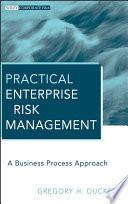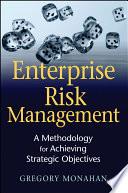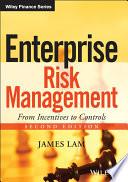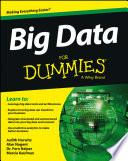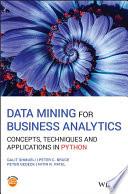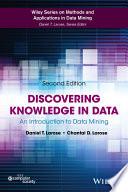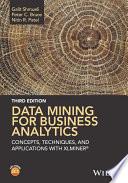Concepts, Techniques, and Applications with XLMiner
An applied approach to data mining and predictive analytics with clear exposition, hands-on exercises, and real-life case studies. Readers will work with all of the standard data mining methods using the Microsoft® Office Excel® add-in XLMiner® to develop predictive models and learn how to obtain business value from Big Data. Featuring updated topical coverage on text mining, social network analysis, collaborative filtering, ensemble methods, uplift modeling and more, the Third Edition also includes: Real-world examples to build a theoretical and practical understanding of key data mining methods End-of-chapter exercises that help readers better understand the presented material Data-rich case studies to illustrate various applications of data mining techniques Completely new chapters on social network analysis and text mining A companion site with additional data sets, instructors material that include solutions to exercises and case studies, and Microsoft PowerPoint® slides https://www.dataminingbook.com Free 140-day license to use XLMiner for Education software Data Mining for Business Analytics: Concepts, Techniques, and Applications in XLMiner®, Third Edition is an ideal textbook for upper-undergraduate and graduate-level courses as well as professional programs on data mining, predictive modeling, and Big Data analytics. The new edition is also a unique reference for analysts, researchers, and practitioners working with predictive analytics in the fields of business, finance, marketing, computer science, and information technology. Praise for the Second Edition "…full of vivid and thought-provoking anecdotes... needs to be read by anyone with a serious interest in research and marketing."– Research Magazine "Shmueli et al. have done a wonderful job in presenting the field of data mining - a welcome addition to the literature." – ComputingReviews.com "Excellent choice for business analysts...The book is a perfect fit for its intended audience." – Keith McCormick, Consultant and Author of SPSS Statistics For Dummies, Third Edition and SPSS Statistics for Data Analysis and Visualization Galit Shmueli, PhD, is Distinguished Professor at National Tsing Hua University’s Institute of Service Science. She has designed and instructed data mining courses since 2004 at University of Maryland, Statistics.com, The Indian School of Business, and National Tsing Hua University, Taiwan. Professor Shmueli is known for her research and teaching in business analytics, with a focus on statistical and data mining methods in information systems and healthcare. She has authored over 70 journal articles, books, textbooks and book chapters. Peter C. Bruce is President and Founder of the Institute for Statistics Education at www.statistics.com. He has written multiple journal articles and is the developer of Resampling Stats software. He is the author of Introductory Statistics and Analytics: A Resampling Perspective, also published by Wiley. Nitin R. Patel, PhD, is Chairman and cofounder of Cytel, Inc., based in Cambridge, Massachusetts. A Fellow of the American Statistical Association, Dr. Patel has also served as a Visiting Professor at the Massachusetts Institute of Technology and at Harvard University. He is a Fellow of the Computer Society of India and was a professor at the Indian Institute of Management, Ahmedabad for 15 years.
The book is a perfect fit for its intended audience." – Keith McCormick, Consultant and Author of SPSS Statistics For Dummies, Third Edition and SPSS Statistics for Data Analysis and Visualization "…extremely well organized, clearly ...
